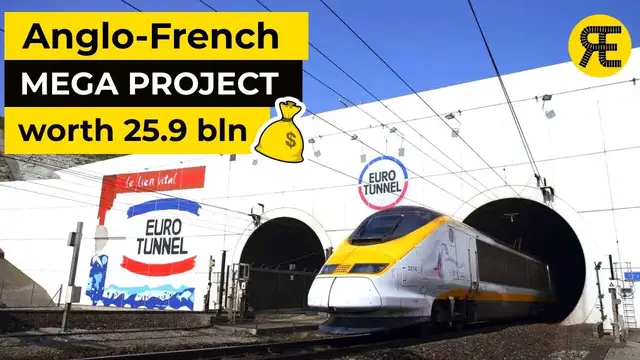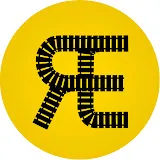
The Channel Tunnel: Building the World's Longest Undersea Tunnel
Jul 6, 2025
- Support Railways Explained on Patreon: https://www.patreon.com/railways_explained
------------------------------------------------------------------------------------------------------------------------------------------------
Buy cool rail-related products on our online store: https://railways-explained.creator-spring.com/
------------------------------------------------------------------------------------------------------------------------------------------------
► Railways Explained aims to establish a WORLDWIDE COMMUNITY of all RAIL LOVERS, WORKERS AND EXPERTS, by creating regular, entertaining, and educational railway content of high quality.
► If you find yourself in at least one of these three groups, support this idea by SUBSCRIBING TO RAILWAYS EXPLAINED.
-----------------------------------------------------------------------------
- Today we begin another series of videos, or to be more precise, four videos, related to four seemingly separated, but in fact, connected topics. And when we say connected, we mean literally. The idea is to talk about the ambitious undertaking of connecting Great Britain and France by high-speed rail!
The topic of the first video will be the construction of Eurotunnel, which represents a physical connection of the railway networks of these two countries.
The second video will be dedicated to the project known as High Speed 1, the construction of the railway line that connects Eurotunnel and the city of London.
The third video will be related to the TGV railway network of France and the effects that occurred after connecting with High Speed 1 via Eurotunnel.
In the fourth video, we will discuss one ongoing project, which is being implemented in Great Britain, branded as High Speed 2.
Eurotunnel, also known as the Channel Tunnel, or Chunnel, is the largest privately financed transportation project in world history. When the Channel Tunnel became operational in May 1994, it was immediately realized it will become the crucial link in the emerging European high-speed rail network. However, the project was followed by many financial and technical issues, blown schedules, and sharp public debates.
Show More Show Less #education


